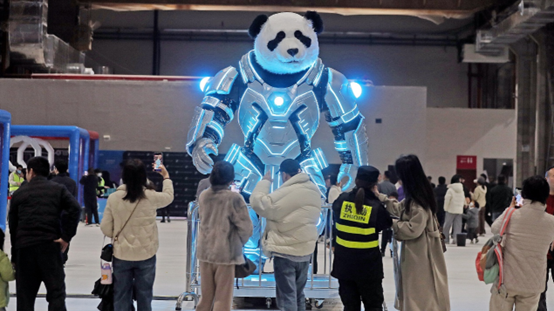In April, the White House unveiled sweeping tariffs aimed at breathing new life into U.S. manufacturing. It sounded like a dramatic comeback move for American factories, but could it really work? 🤔
A recent five-part series titled "Return of American Manufacturing?" by CGTN dives into this very question. In its third installment, experts explore the long-term impacts of imposing tariffs to bring manufacturing back to U.S. soil.
The Trump administration once pledged to transform the United States into a manufacturing powerhouse, lamenting the loss of 90,000 factories since the signing of NAFTA. The idea was that an aggressive tariff war could force trading partners into new deals and revive lost jobs. However, the reality appears murkier.
Analysts, including Cairo-based commentator Mohamed El-Bendary, suggest that these tariffs are stirring up global uncertainties. According to the International Monetary Fund, such measures might slow economic growth, especially as forecasts predict higher inflation and modest growth by 2025.
Adding to the complexity is a cultural shift. Many Americans have grown hesitant about factory work since the late 1980s, often viewing these jobs as low-paid and unappealing. This sentiment casts doubt on the promise of a manufacturing renaissance. 🚫🏭
While the dream of an industrial comeback still sparks the imagination, tariffs seem to complicate more than clarify. What do you think? Can tariffs ever truly bring back the American manufacturing dream, or will they remain just a policy experiment?
Reference(s):
Tariff wars fail in reviving afflicted U.S. manufacturing industry
cgtn.com




